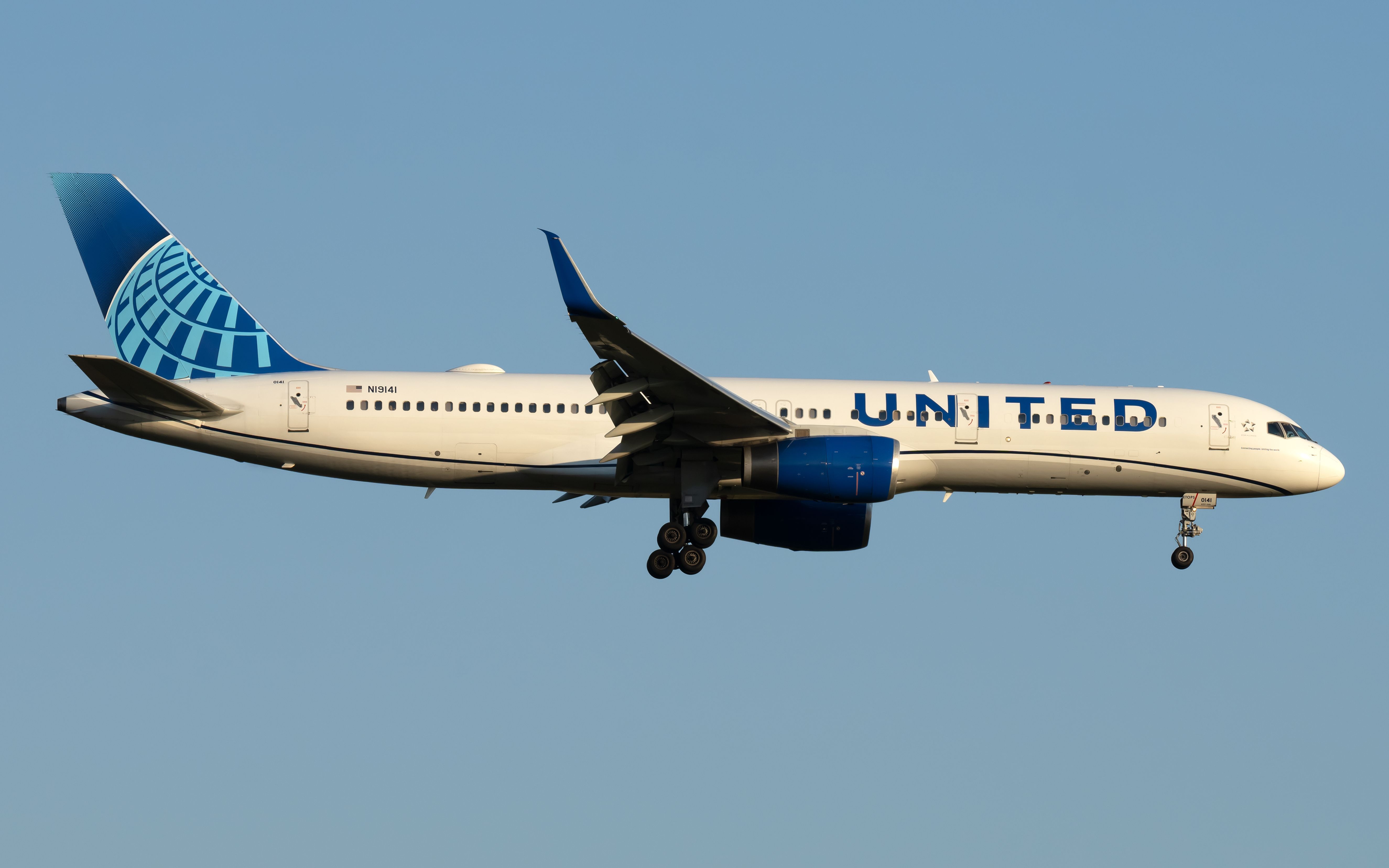Summary United Airlines' Boeing 757-200 diverted to Honolulu due to hydraulics failure over the Pacific. The aircraft remained grounded in Honolulu for over 43 hours before being repositioned to Denver. Honolulu was the right choice for the diversion due to safety reasons and better operations capabilities.
A Boeing 757 flight operated by United Airlines across the Pacific Ocean had to divert to Hawaii due to the aircraft experiencing hydraulics failure. Though the aircraft landed safely, it was grounded in Hawaii for a prolonged period and only made its way back to the destination three days later. The aircraft has since re-entered commercial service on the same route.

Diverting over the Pacific The aircraft involved is a 29-year-old Boeing 757-200 operated by United Airlines . The incident occurred on Tuesday when the aircraft was operating flight UA-1685, which is a service from Lihue Airport (LIH) to Denver International Airport (DEN). According to reports from The Aviation Herald , the aircraft was cruising at Flight Level 350 (FL350) over the Pacific Ocean when the aircraft suffered a failure in Hydraulics System number 1.
Though the aircraft, at the time of the system failure, was located to the North East of Hawaii, the aircraft turned around and landed soon thereafter at Honolulu International Airport (HNL). The aircraft landed safely in HNL about 2 hours 50 minutes after departing LIH. The departure from Lihue itself was over two hours delayed due to a fan in the cargo compartment being inoperative.
Simple Flying has reached out to the airline to know more about how the passengers were accommodated due to this diversion and the delays related to it. Any response received from the airline will be updated into this article. Finally back in action Data from FlightRadar24.
com shows that the incident occurred earlier this week, on Tuesday, the 20th, and that the aircraft was grounded in HNL for a considerable period of time. The aircraft landed safely in Honolulu just past midnight on Wednesday morning and remained grounded until 19:30 on Thursday evening, when the aircraft performed a positioning flight to Denver. Overall, the aircraft remained in Honolulu for around 43 hours and remained out of commercial service for over 57 hours.
However, the aircraft is back in service and, since then, has flown a commercial flight back to Lihue, and at the time of writing, the aircraft has just flown back from Lihue and landed back in Denver. Both legs of the flights were completed on schedule, which is definitely good news. Honolulu was the right choice Considering that Lihue (LIH) and Honolulu (HNL) are close-by airports, why was flight UA1685's choice of diverting to Honolulu the right one? Honolulu was primarily chosen for safety and operational reasons.
The safety reason is that Honolulu Airport has more runway options if required. The longest runways (08L and 26R) are 12,360 feet long, while Lihue's runways are only 6,500 feet long. Thus, HNL would offer safer landing options for the aircraft in case flight controls or braking becomes an issue due to hydraulics failure.
On the other hand, when considering flight operations, HNL is a larger airport and sees more United Flights than Lihue does. This would mean maintenance would be easier in Honolulu, and (if necessary) the airline would be able to accommodate any passengers wishing to fly to the mainland US on one of the many services operated by the airline utilizing larger aircraft if necessary. Additionally, at HNL, United can also rely on their Honolulu-based airline partner - Hawaiian Airlines, for any technical support if required.
Insights into the sounds you hear on every flight..



















